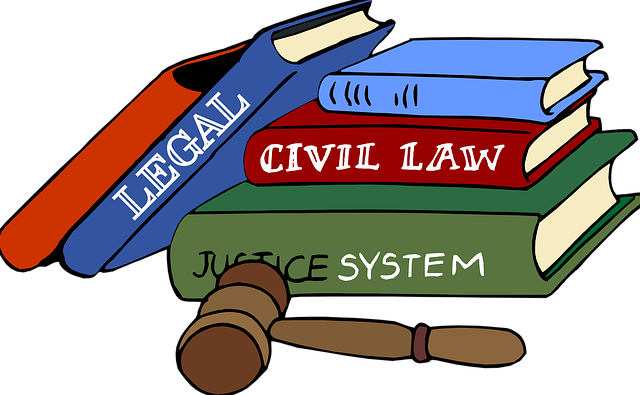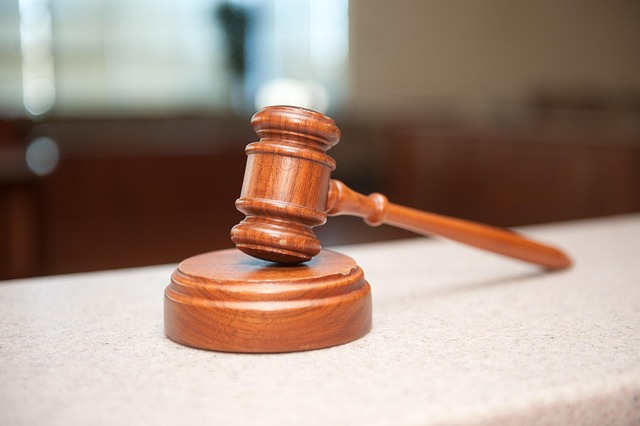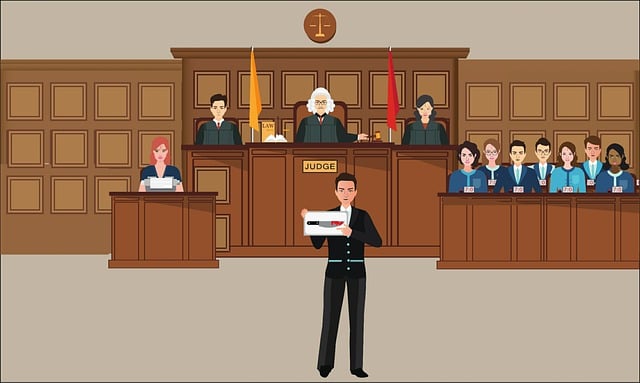Stricter legal guidelines govern parking lot safety to prevent pedestrian accidents. Property owners and managers are responsible for regular inspections and maintenance to eliminate hazards. Adhering to safety standards is crucial to avoid liability. After an accident, gathering comprehensive evidence, including medical records, witness statements, and surveillance footage, is vital for successful personal injury claims or lawsuits against insurance companies or medical professionals. Proving negligence through these pieces of irrefutable evidence is key to reaching fair settlements in parking lot pedestrian accidents.
In the event of a parking lot pedestrian accident, proving liability is crucial. This comprehensive guide explores how to navigate the legal complexities surrounding these incidents. We delve into understanding the legal requirements for parking lot safety, gathering essential evidence such as injuries, witnesses, and surveillance footage, and constructing a compelling case by establishing negligence and proving fault. By following these steps, individuals affected by parking lot accidents can ensure they receive the justice they deserve.
- Understand Legal Requirements for Parking Lot Safety
- Gather Evidence: Injuries, Witnesses, and Surveillance
- Construct a Compelling Case: Negligence and Proving Fault
Understand Legal Requirements for Parking Lot Safety

In many jurisdictions, there are specific legal requirements for maintaining safe parking lot conditions to prevent pedestrian accidents. Property owners and managers have a duty of care to ensure their premises are free from hazards that could cause harm to visitors, including pedestrians. This includes regular inspections and maintenance to identify and rectify issues such as uneven pavement, defective lighting, or poorly marked crosswalks. Compliance with local and national safety standards is essential to establishing a defence against liability in the event of an accident.
Understanding these legal obligations is crucial when navigating a parking lot pedestrian accident claim. Victims may seek accident compensation if they can prove negligence on the part of the property owner or their agents. Legal representation can guide individuals through the complexities of personal injury cases, ensuring that all necessary steps are taken to strengthen the claim. This may involve gathering evidence, interviewing witnesses, and negotiating with insurance companies to ensure a fair outcome for those injured in these often-complex parking lot scenarios.
Gather Evidence: Injuries, Witnesses, and Surveillance
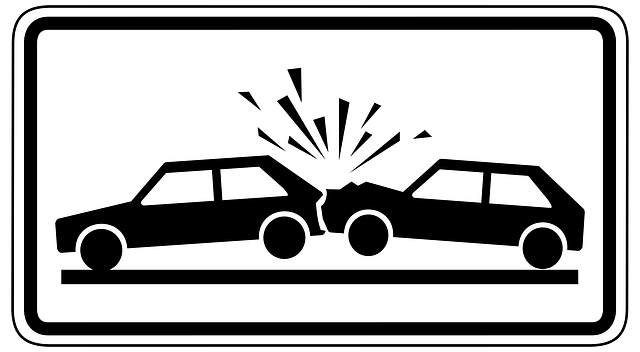
In the aftermath of a parking lot pedestrian accident, gathering comprehensive evidence is paramount to proving liability. The first step is documenting any injuries sustained by the pedestrian—these can be crucial in quantifying the impact and severity of the incident. Medical records and professional diagnoses not only validate the existence of injuries but also provide insights into their long-term effects, which can significantly influence client recovery.
Witnesses play a vital role in parking lot pedestrian accident cases. Their accounts can corroborate or dispute the sequence of events, providing irrefutable evidence to support either party’s narrative. Additionally, surveillance footage from nearby cameras—be it security systems or dashcams—can offer a detailed, visual representation of the accident, capturing movements and interactions that may have been overlooked otherwise. These pieces of evidence collectively strengthen the case and can lead to a successful homeowner insurance claim or, in more severe cases, even medical malpractice lawsuits.
Construct a Compelling Case: Negligence and Proving Fault
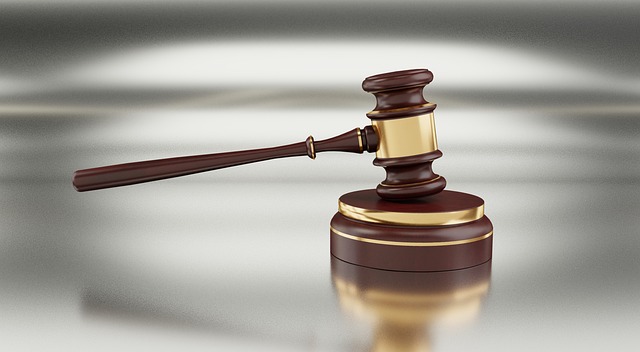
In a parking lot pedestrian accident, proving liability requires a meticulous examination of the circumstances leading up to the incident. The key lies in demonstrating negligence—a failure to exercise reasonable care that results in harm to another person. To construct a compelling case, gather and analyze evidence such as security footage, witness statements, and medical records. These can provide irrefutable proof of fault, especially if they show the at-fault party’s disregard for safety measures or rules.
For instance, if a driver struck a pedestrian while backing out of a spot without proper visibility due to poor parking lot design or lighting, it could constitute negligence. In such cases, proving liability becomes about showing that the driver had a duty of care, breached that duty, and their actions directly caused the pedestrian’s injuries. This is crucial in any parking lot pedestrian accident settlement negotiations or legal proceedings, where establishing clear fault can lead to fair accident settlements.
Proving liability in a parking lot pedestrian accident requires understanding legal obligations, gathering compelling evidence, and constructing a strong case of negligence. By adhering to safety standards, documenting injuries and witness statements, and utilizing surveillance footage, you can effectively navigate the complexities of these cases. Remember, clear evidence and a thorough understanding of fault are key to securing justice in a parking lot pedestrian accident.
